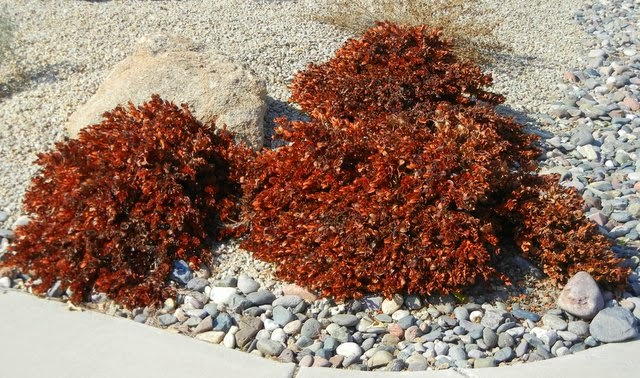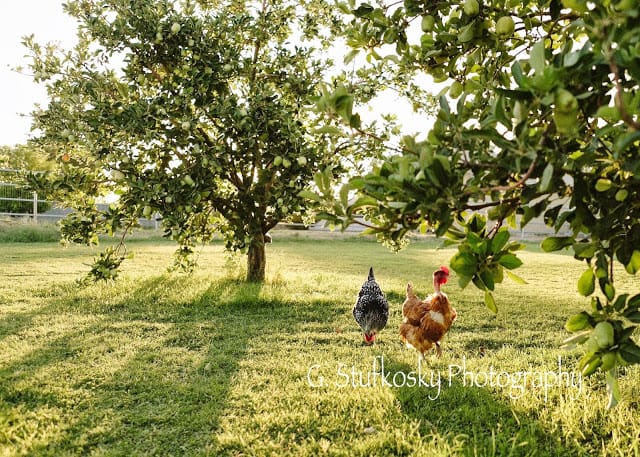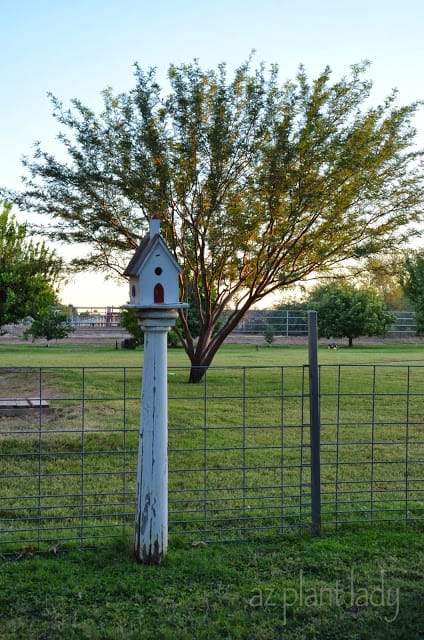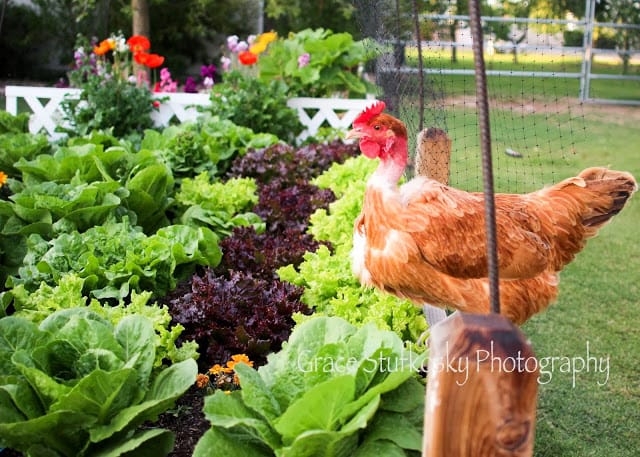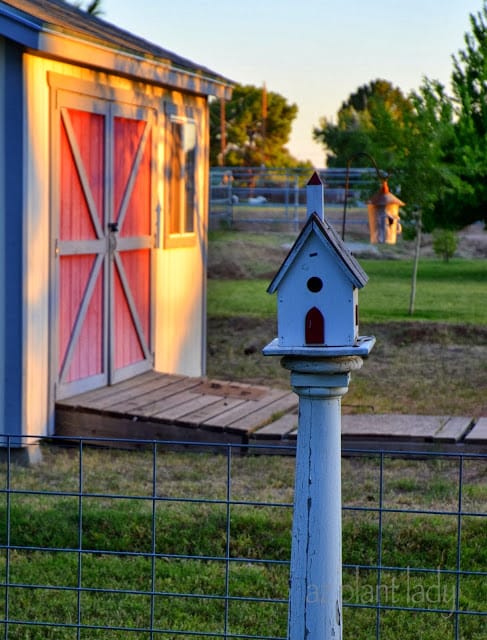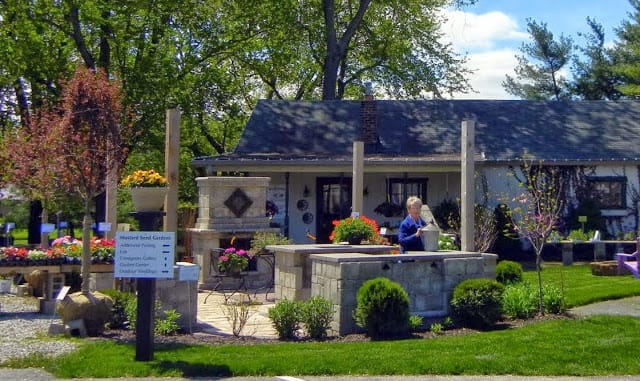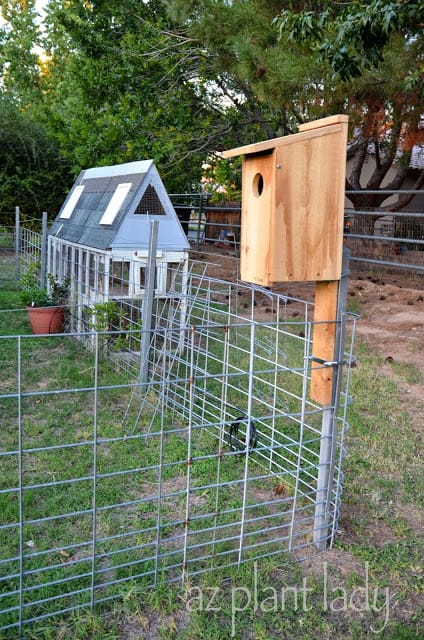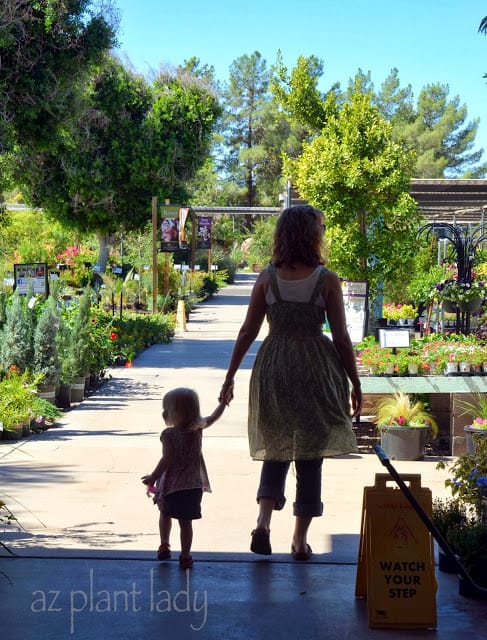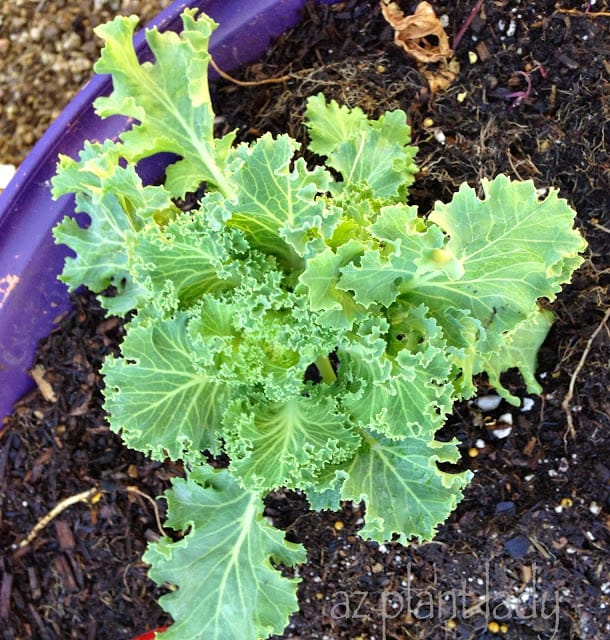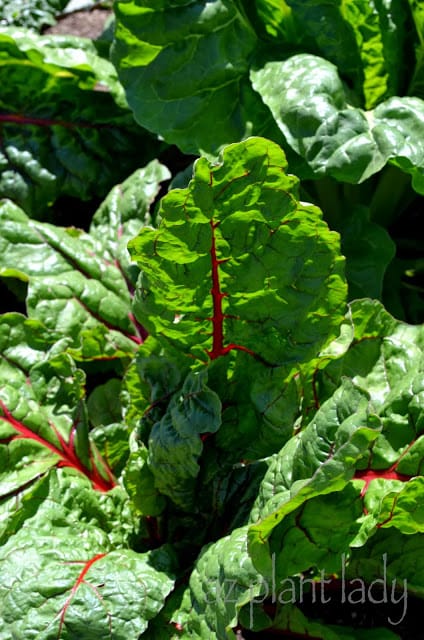10 Drought-Tolerant Shrubs That Thrive in Full Sun and Reflected Heat in the Southwest
One of the most challenging situations in landscaping involves cultivating plants in areas exposed to both full sun and the unforgiving embrace of reflected heat. Reflected heat is the result of surfaces like sidewalks, walls, and patio decks absorbing daytime warmth only to radiate it back out later.
It’s easy to understand that the combination of intense sunlight and reflected heat can make it a daunting task to find plants that not only survive but also enhance these areas with their beauty.
Fortunately, there’s a selection of attractive plants ready to thrive in these sun-soaked and heat-kissed spaces.
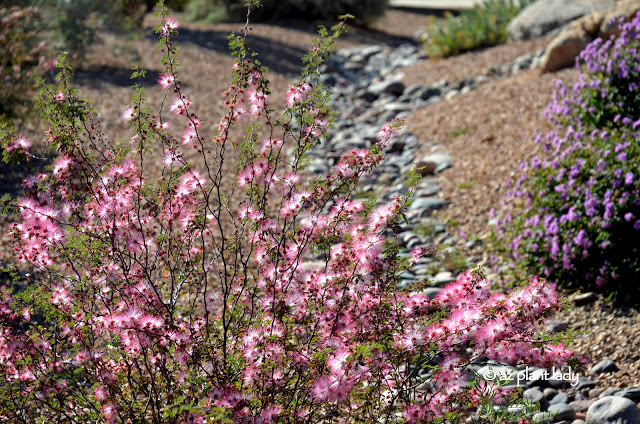
1. Pink Fairy Duster (Calliandra eriophylla)
Native to the desert Southwest and northern Mexico, Pink Fairy Duster boasts airy foliage that transforms in spring with pink, feather duster-like flowers. These blossoms not only please the eye but also attract hummingbirds. While it can survive on natural rainfall, deep watering once a month in spring and fall and twice a month in summer enhances its appearance and flower production.
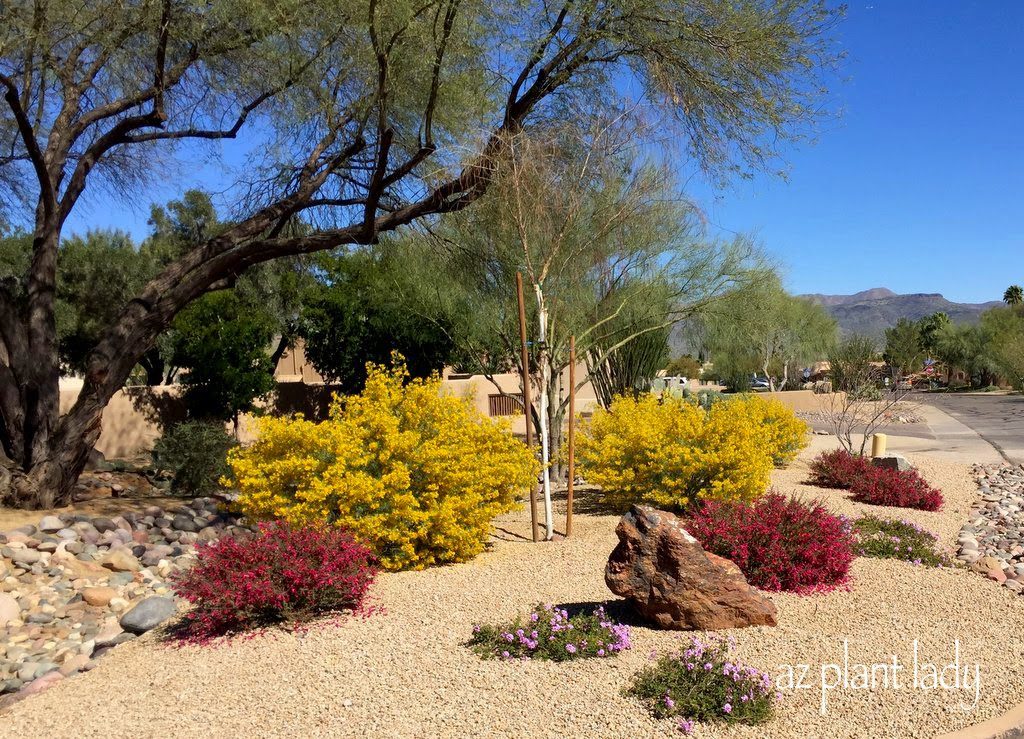
2. Feathery Cassia (Senna artemisioides, formerly Cassia artemisioides)
Hailing from the arid regions of Australia, Feathery Cassia presents fragrant yellow flowers against finely textured gray-green leaves in late winter and early spring. Its foliage adds a gentle green contrast to the landscape when not in bloom. The plant’s resilience to reflected sun and light shade makes it a versatile choice.
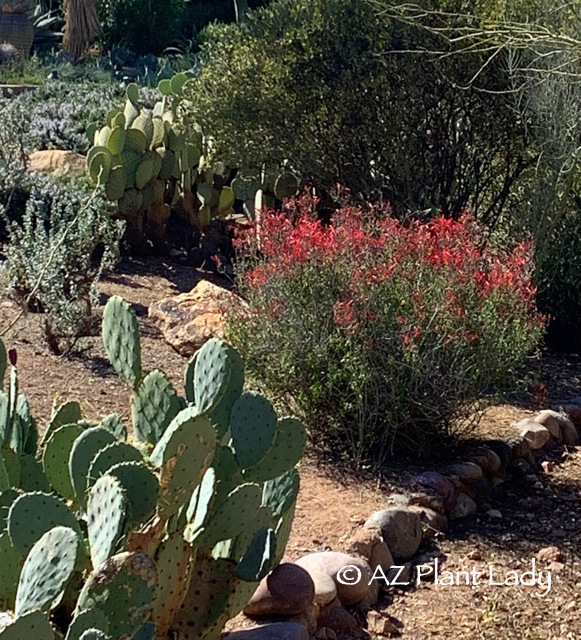
3. Beloperone (Justicia californica)
A native of the Sonoran Desert, Beloperone or Chuparosa, graces your landscape with red trumpet-shaped flowers in winter. Its bright green heart-shaped foliage offers a visually refreshing element to your garden, although it may be absent during drought periods. Beloperone is a favorite of hummingbirds, providing them with nectar during lean blooming times.
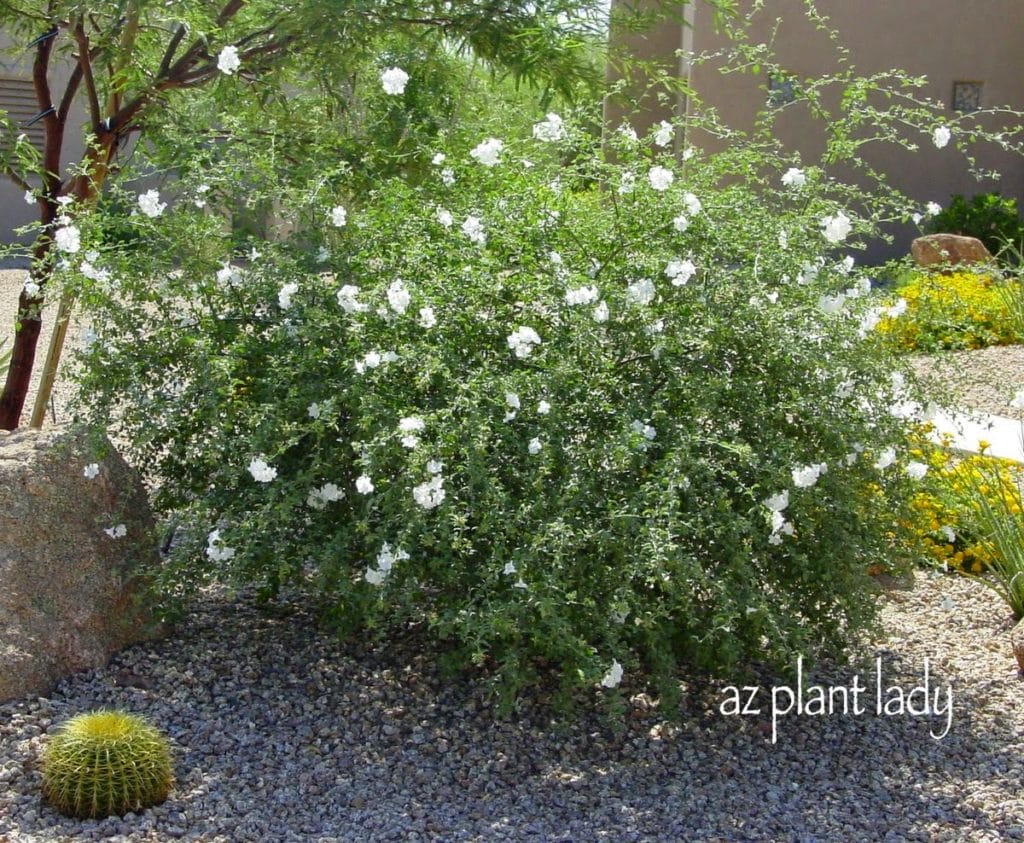
4. Little-Leaf Cordia (Cordia parvifolia)
Native to the Mexican desert regions, including Baja, Chihuahua, and Sonora, Little-Leaf Cordia offers papery white flowers that complement other colors in your landscape. Despite its delicate appearance, this shrub is robust and can withstand heat, sun, and drought, making it an excellent choice for low-maintenance gardens.
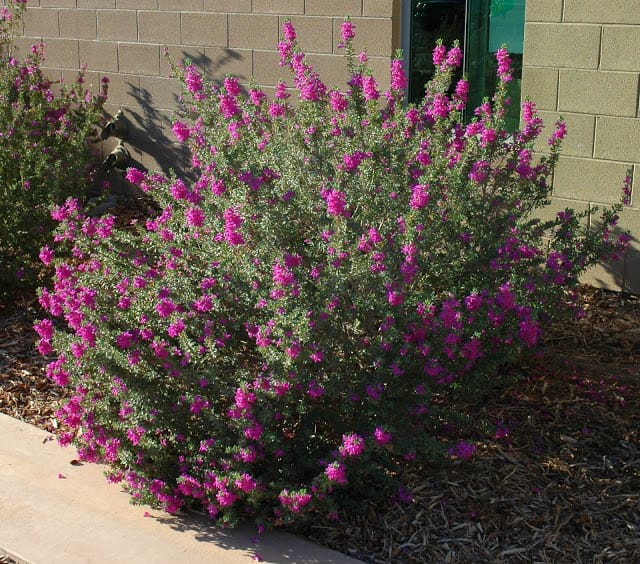
5. Texas Ranger (Leucophyllum frutescens)
Commonly known as the barometer bush, Texas Ranger bursts into purple blooms during periods of increased humidity following rain. Its gray foliage, covered with tiny hairs, reflects sunlight and has a velvety texture. Texas Ranger’s beauty shines when it’s allowed to grow naturally rather than being pruned into formal shapes.
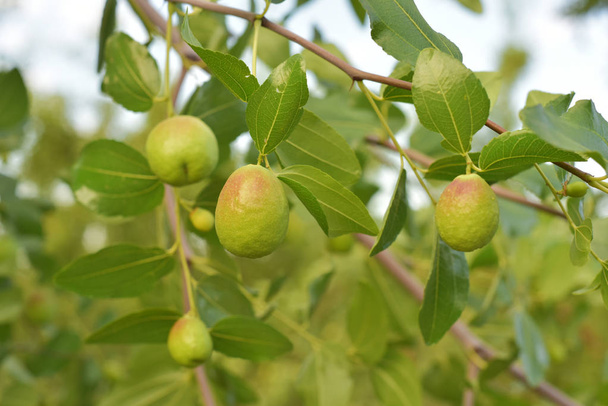
6. Jojoba (Simmondsia chinensis)
Jojoba, native to desert regions in Arizona, California, Baja, and Sonora, stands out for its evergreen foliage. The leaves are covered in a waxy coating that helps it withstand heat and reflected sunlight. Its vertically arranged leaves protect it from direct sun exposure, making it a hardy and versatile choice.
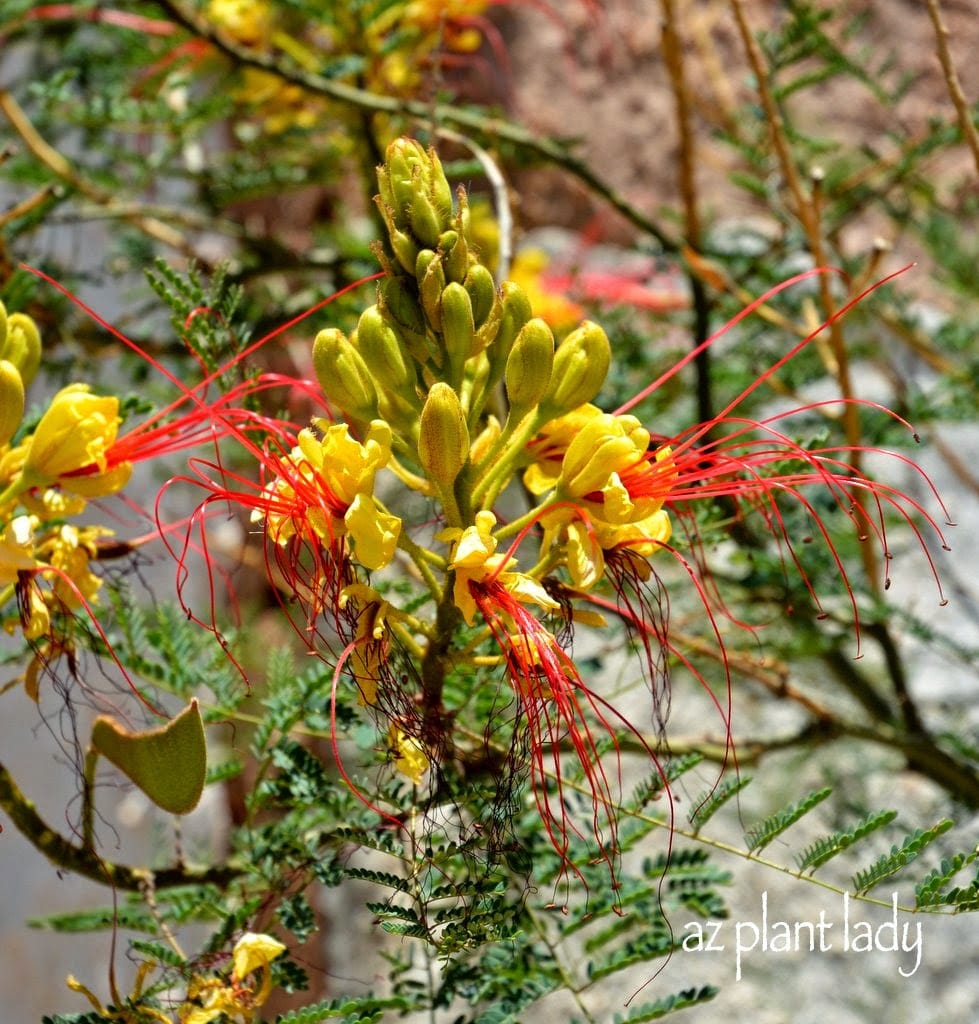
7. Yellow Bird-of-Paradise (Caesalpinia gilliesii)
Native to South America, primarily Argentina and Uruguay, Yellow Bird-of-Paradise offers finely textured foliage and large yellow flowers with red stamens, adding color to sunny garden areas. It thrives in hot temperatures and can withstand both extreme heat and occasional frost.
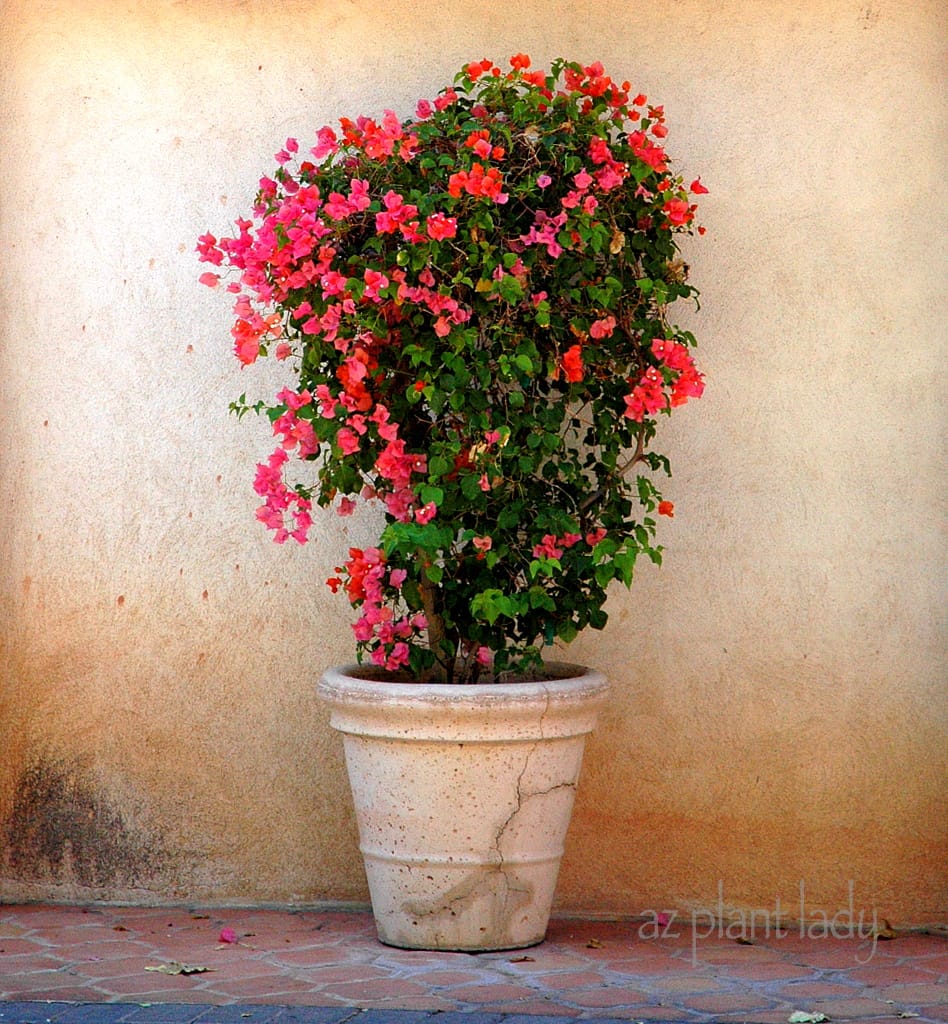
8. Bougainvillea (Bougainvillea spp.)
Bougainvillea graces your garden with vibrant colors during spring, with bracts surrounding tiny cream flowers. Its lush green foliage conceals thorns and thrives in areas with full sun and reflected heat. Proper irrigation includes deep watering followed by drying out before the next watering. These shrubs do great in containers as well.
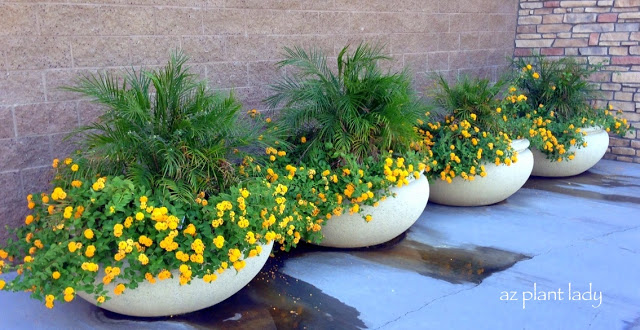
9. ‘New Gold’ Lantana (Lantana ‘New Gold’)
Butterflies are attracted to ‘New Gold’ Lantana’s golden yellow flowers, covering bright green foliage from spring through fall. With its low growth habit, this shrub adds color to your garden’s lower sections. While typically grown in zones 9 to 11, it can survive winters down to Zone 8.
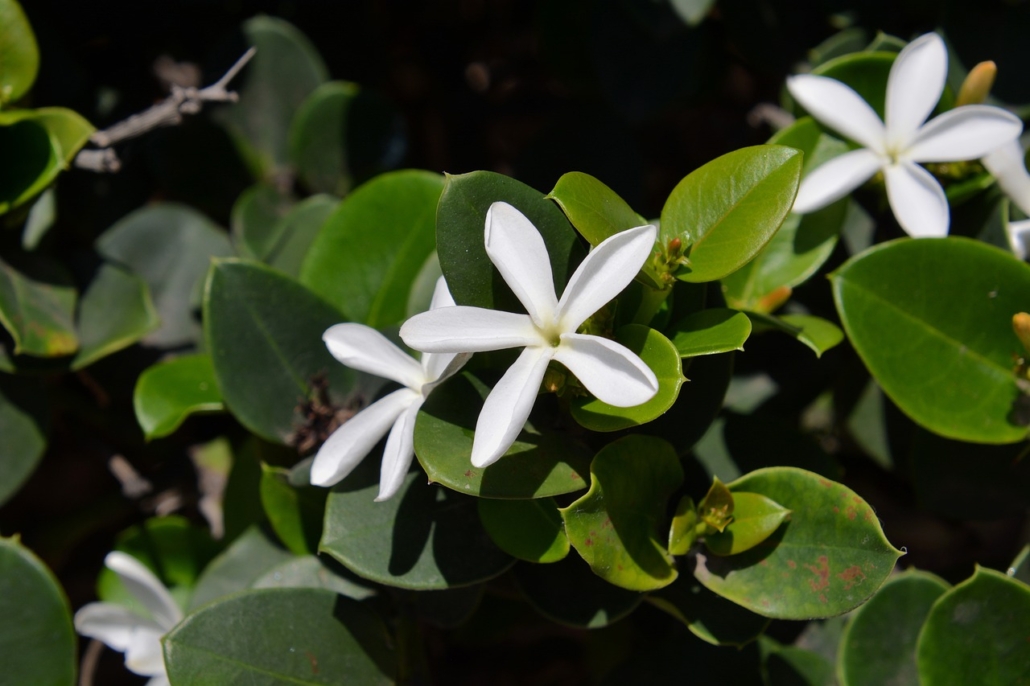
10. Natal Plum (Carissa macrocarpa)
With dark green leaves, Natal Plum offers an alternative to boxwood in intensely sunny locations. It produces white star-shaped flowers with a jasmine and orange blossom fragrance in spring. This South African native comes in various sizes, making it suitable for different sunny areas. Note that the sap of Natal Plum can irritate the skin, and the plant has thorns.
The above 10 shrubs are fantastic examples of plants that can handle full sun as well as reflected warmth. All the shrubs need consistent irrigation, but strong drainage.
Do you have a plant that you like that does well in full, reflected sun?
**For additional shrub suggestions, I recommend Mary Irish’s book, Trees and Shrubs for the Southwest.
A Dime Store Magnifying Glass and a Whole Miniature World at Your Doorstep


